Clastic Music
Composed and produced by Gabriel Vigliensoni.
Mastered by Rupert Clervaux.
Concept design and cover by Antonia Hernández.
CLAST
Clast is a term used in Geology to indicate fragments of rocks, or minerals, of varying sizes and characteristics. Clastic formations are new rocks, forms, or entities created out of pre-existing clasts.
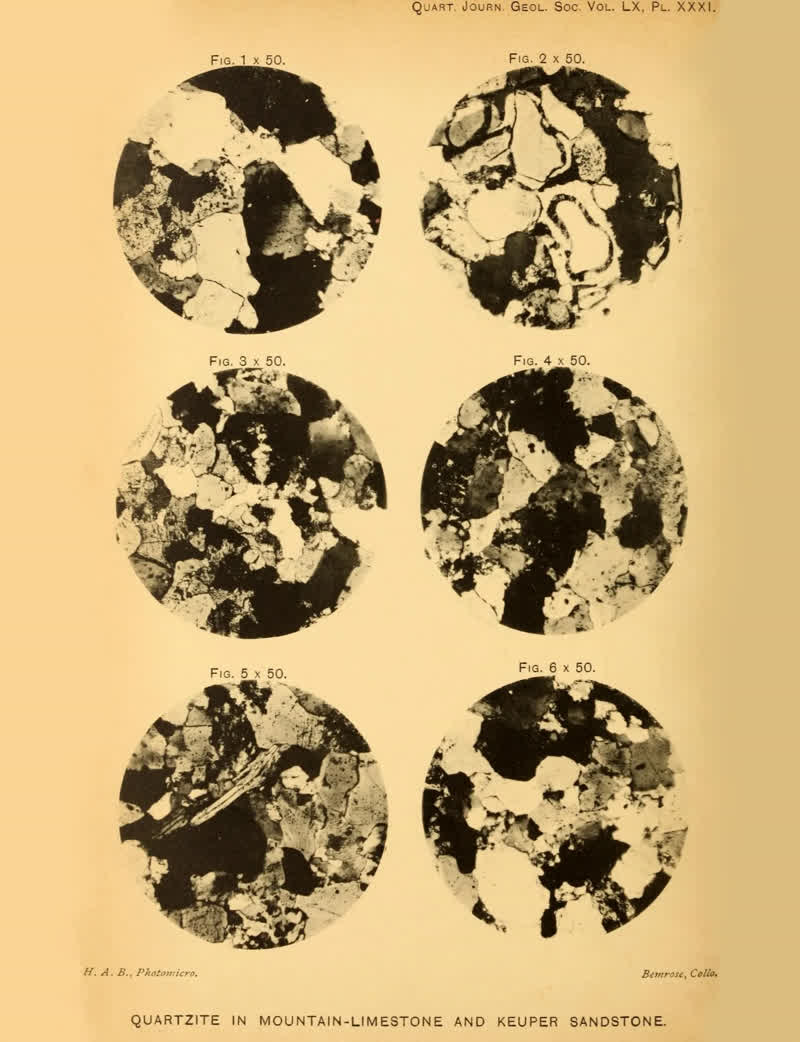
SCIENTIFIC RESEARCH
For the past two years, I’ve been doing research on the creative affordances of machine learning in the context of music composition, production, and performance. I’ve used machine learning techniques and tools and put them into practice in my music-making. By doing so, I realized that clastic formations are somehow akin to how machine learning works—new entities are modeled, created, and built upon pre-existing data.
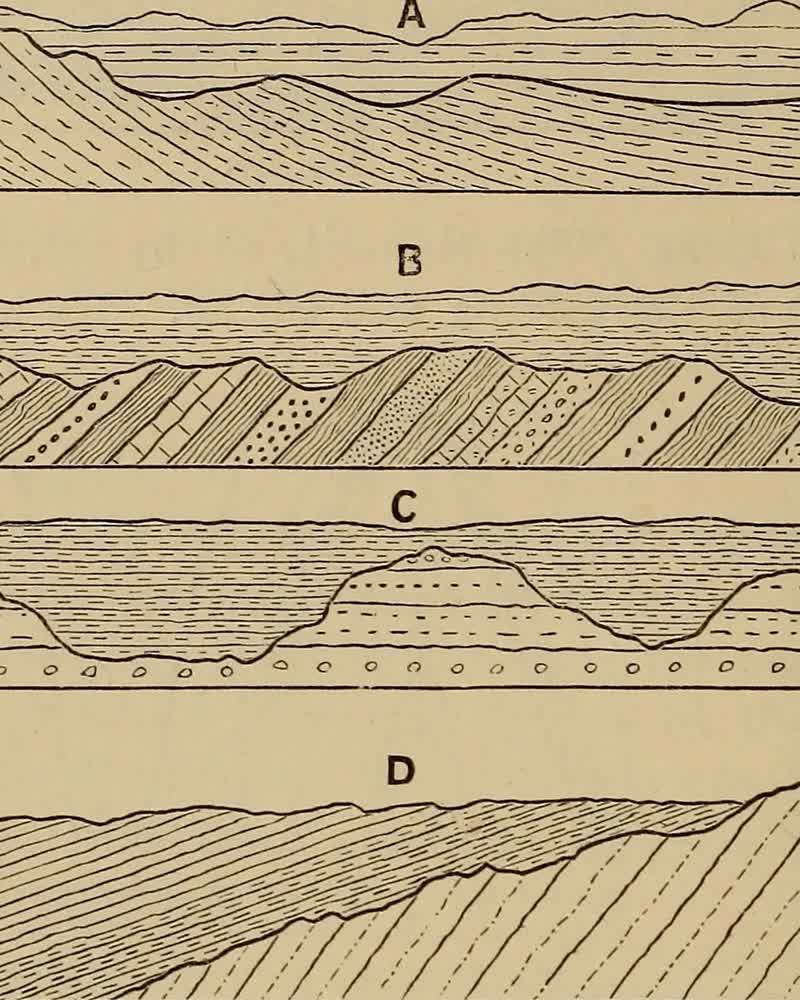
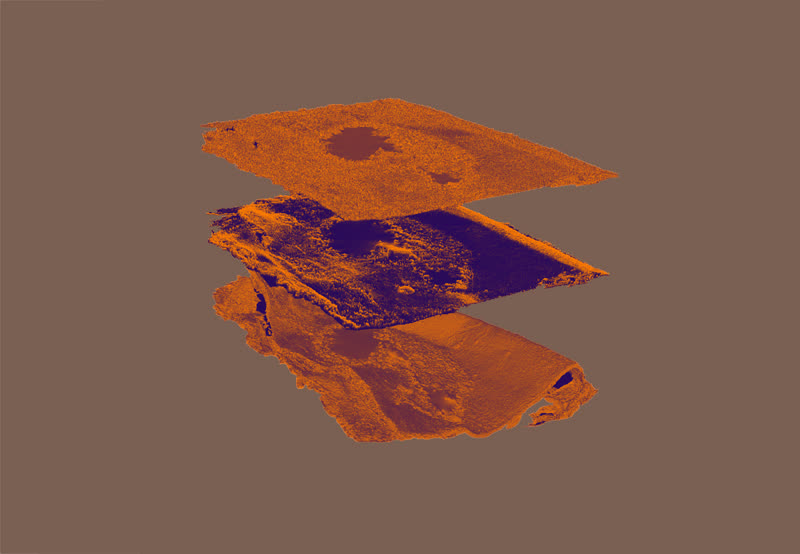
Have I done this research on my own? Of course, not! Many people have been involved directly in this research and music album. Among them, my most sincere gratitude goes to Rebecca Fiebrink, Esteban Maestre, Louis McCallum, and Antonia Hernández for all their knowledge, brilliance, guidance, and support. We did the project while being a postdoc at Goldsmiths University, London, and a visiting research at CCI, University of the Arts London. An important push to the project came from participations at the MUTEK AI Art Lab, Network Music Festival, and the Machine Learning for Creativity and Design workshop at NeurIPS 2020.
We implemented R-VAE, a custom-built, machine learning-driven musical device to model and make rhythms. Clastic Music is the result of improvisations with models learned from bespoke datasets of rhythmic patterns from music that I am currently listening to using this instrument. You can find R-VAE on Github, it is open source! It is heavily based on the work by Nao Tokui on RhythmVAE, which in turn is based on GrooVAE by Jon Gillick. Open source wonders! We built an awesome, unique visualizer for the rhythmic models.
CREATIVE PROCESS
I’ve been collecting a few thoughts to explain better some other aspects of the creative process and production of Clastic Music.
I started playing music with a recorder, then a guitar, and then a synthesizer (a CZ1000 for the geeks among you). All these musical instruments are tangible and solid, have a shape and weight, and so you feel a physical connection to them. You have to embody your instrument and you establish a corporeal connection to the music.
I need this physical connection when making music, I need to embody the music. This is one of the reasons I’m usually standing when I am composing or producing. I dance to the music and I move around with it. I really think it’s my body, more than my ears, the one who tells me when something is right or wrong, and tight or loose. And for this very reason, I’m always forcing myself to not release music unless I play it live before. Performing in front of an audience forces me to stand up, to rehearse a lot, and to focus on the elements of the music that are more perceptually relevant when communicating a musical idea.
There’s also the change of setting. When we work in our spaces, we tend to overfit the music to our setups, we know them and we take advantage of them. But that’s why I also like to play and rehearse in different places and with different systems. The change of setting helps me to determine what are the most relevant and salient elements of a musical work so that I can strengthen them and discard other things.
Here are a few pics and vids from some of the spaces where I worked on Clastic Music.
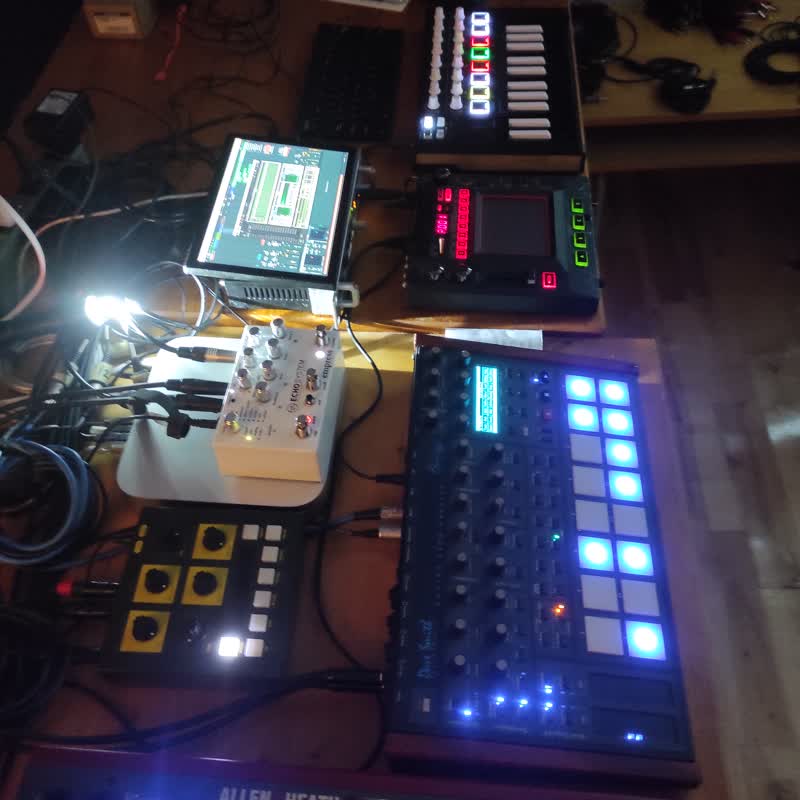
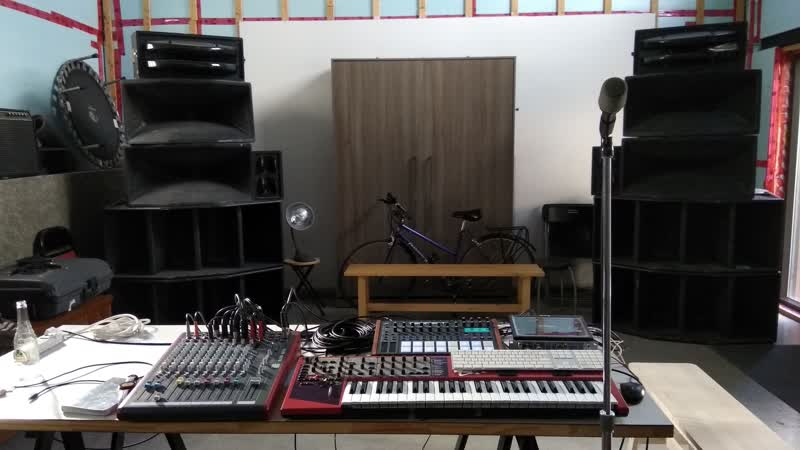
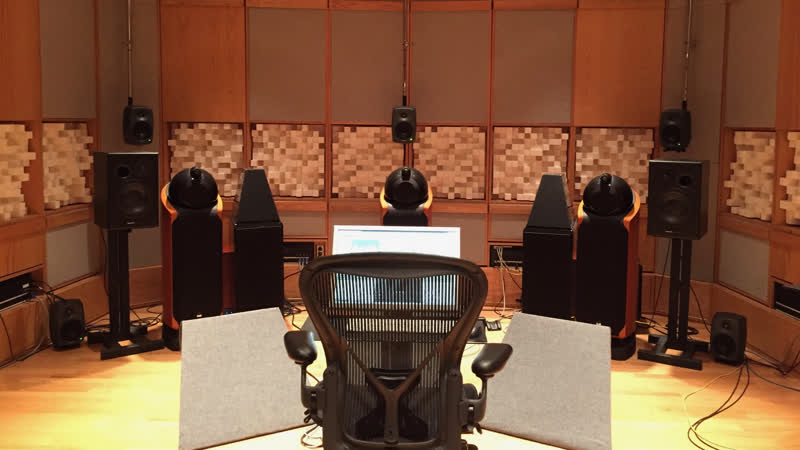
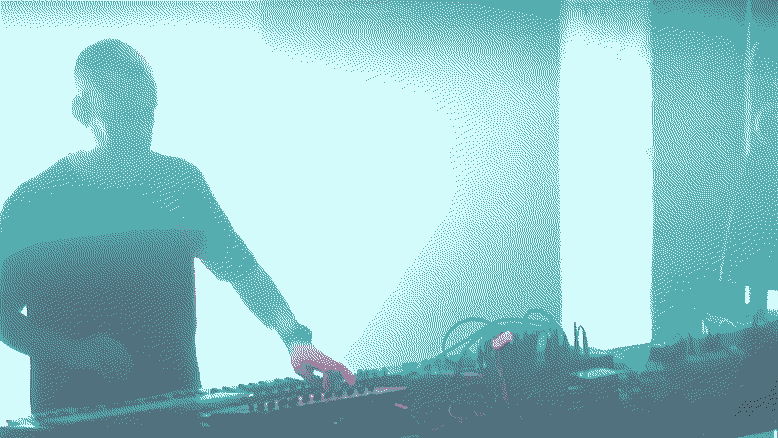
ART, DESIGN, AND VISUALS
Antonia Hernández found a great photo of Pyramid Lake in Nevada (the Paiute name for the lake is Cui-ui Panunadu, meaning fish in standing water). In the image, taken by Timothy O’Sullivan in 1867, we can see the Pyramid, a large 70-meter height rock formation made of calcium carbonate, and smaller formations named the Dome.
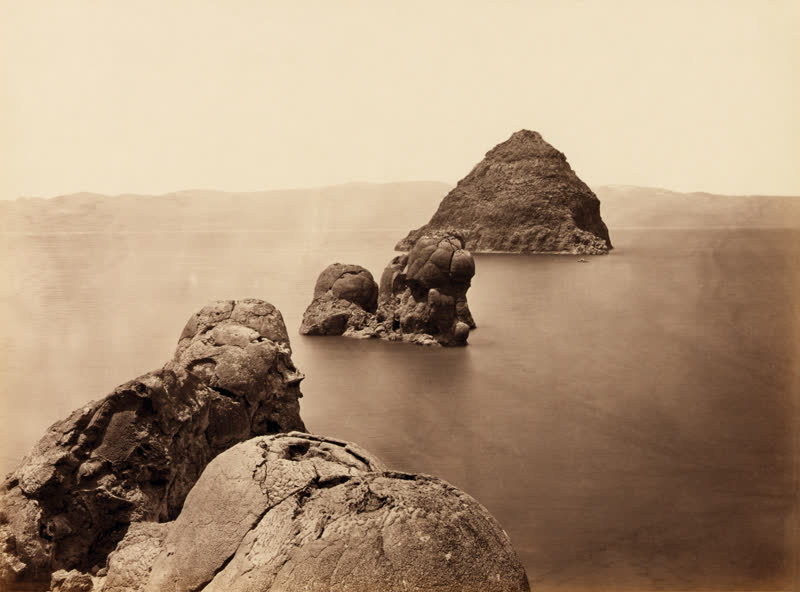
There’s something eerie and beautiful in the photo, it brings to me a feeling of loneliness and nature power. In this respect, I feel a strong resonance with some of the tracks of Clastic Music.
Pyramid Lake and the Pyramid are in Paiute’s land. White U.S. settlers and militia fought the Paiute and built a fort to take control of the water and denied access to the Paiutes.
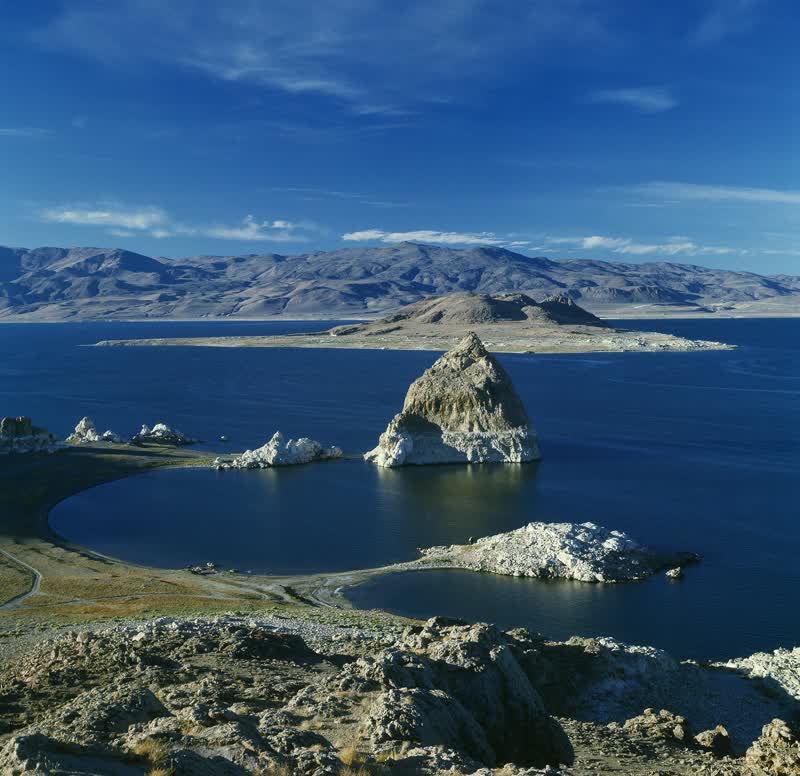
The Truckee River, its major source of water, was damned and diverted for irrigation purposes. The lake has now lost nearly 100 feet in depth and hundreds of square miles of area. We hear similar stories everywhere, don’t we? The politics of water. Now, due to the scarce water, calcium carbonate, algae, and plankton, Pyramid lake is changing colour to turquoise.
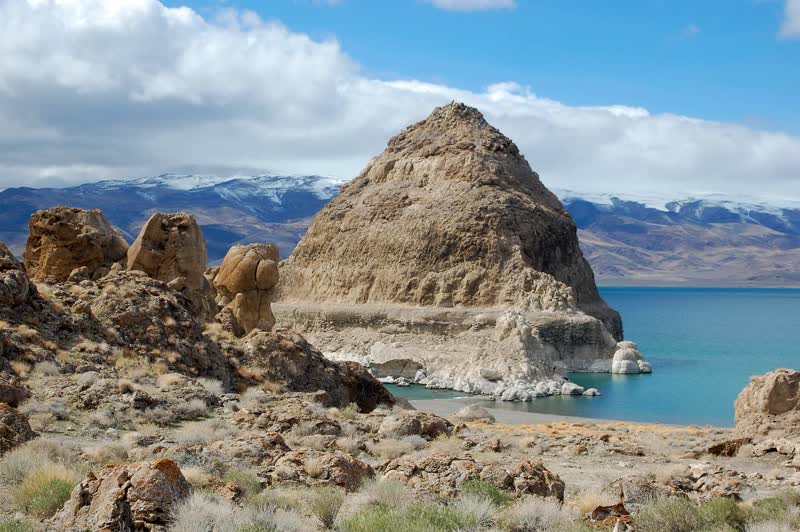
Antonia played around with a 3D model of a rock formation and overlaid this futuristic-looking formation on top of the old Pyramid lake photo.
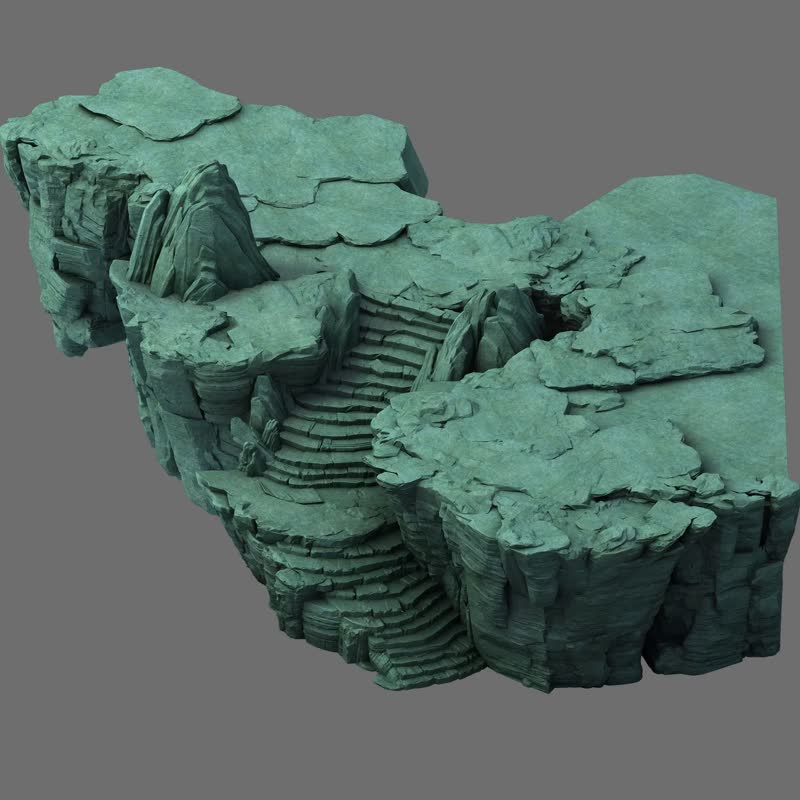
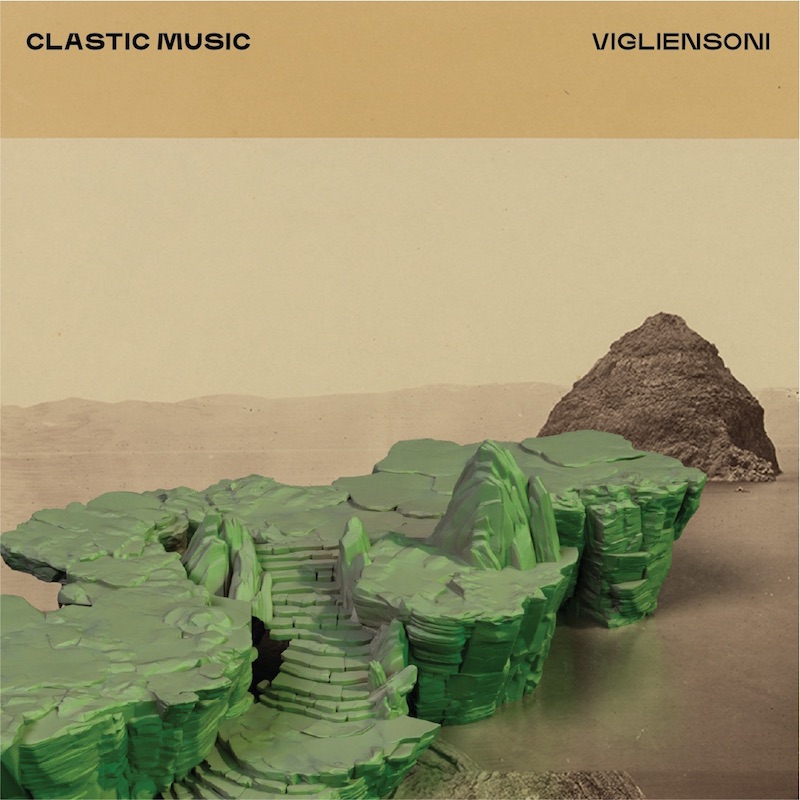
The two formations: the past, and our present and future. Together. By looking at the composite image, I have the impression that we could walk on the formations as if they were a single entity—we are in control of how we want the world to look. Let’s make something beautiful.
Eduardo Pérez Infante worked on the visuals for the live show. He found great imagery on different types of natural formations and play around with them.
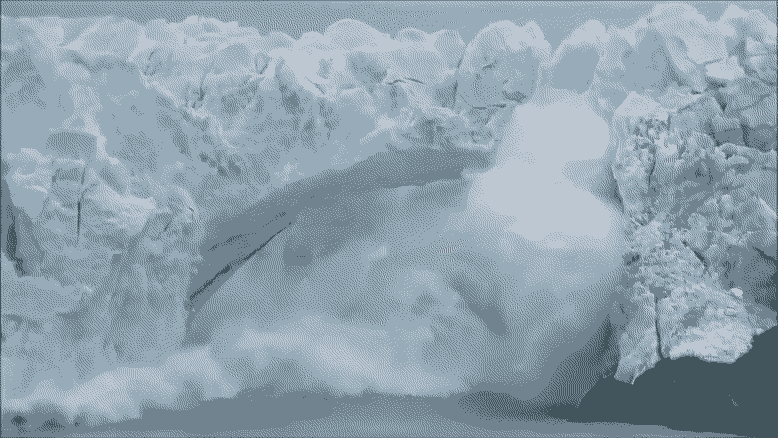
Finally, sketches and prototype of the beautiful and sexy harness that Fran González made for the record launch, and an in-attitude photo shoot by Myriam Menard.
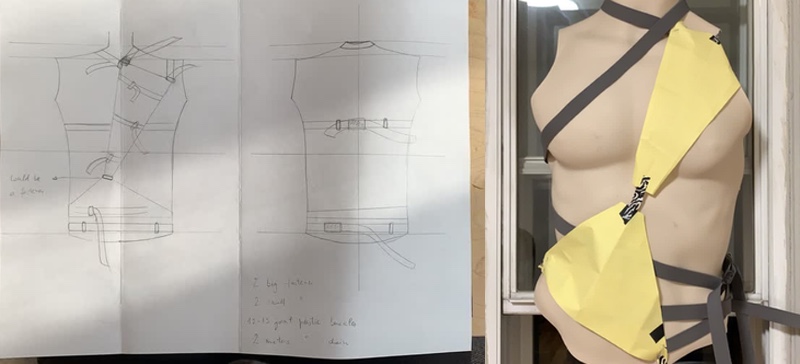
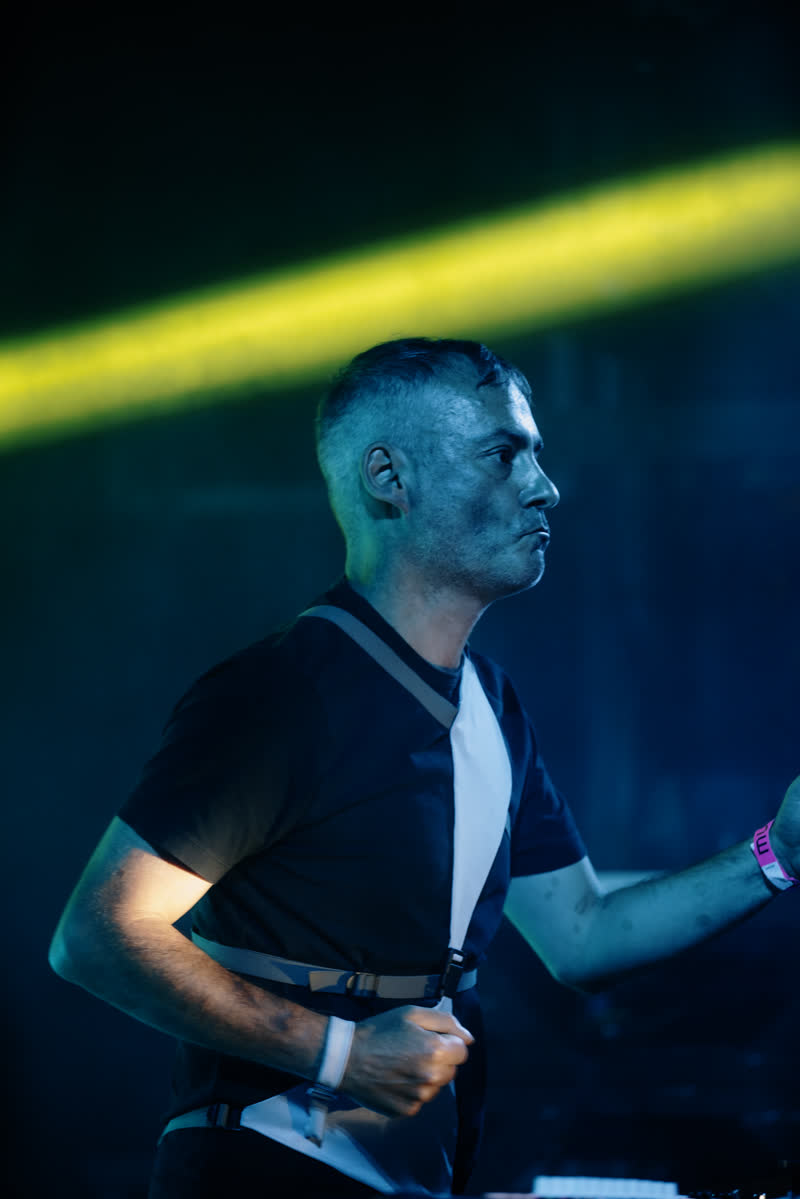
Buy the the record on Bandcamp or listen to it in any major streaming service
Big thanks to:
Mar Colasso; Rebecca Fiebrink and Oscar; Ichiro Fujinaga and Masako Tanzawa; Fran González; Claudine Hubert; Joseph Kamaru; Michael Leuffen; Corina MacDonald; Esteban Maestre; Evan Magoni; Louis McCallum; Alan Mongeau; Néstor Nápoles; Eduardo Pérez Infante, Daniela Cross, y Delfina; Marià Portugal y Manuela Martelli; Simon Plouffe et Myriam Jacob-Allard; Andrés Poblete; Samuel Ricciuti and Salima Bouaraour; Ignacio Redard; Matías Reyes; Evan Savage; Pía Sotomayor; Super Gatite; Atau Tanaka; Samuel Thulin and Myriam Durocher; Santiago Uribe; Marc-Pierre Verge; Vito Vigliensoni; AAS; CIRMMT; CKK; FRQSC; MIMIC; and MUTEK
Chez.Kito.Kat Records (CKK085)
© 2022 Gabriel Vigliensoni ℗ 2022 Gabriel Vigliensoni
Bandcamp | MusicBrainz | Discogs